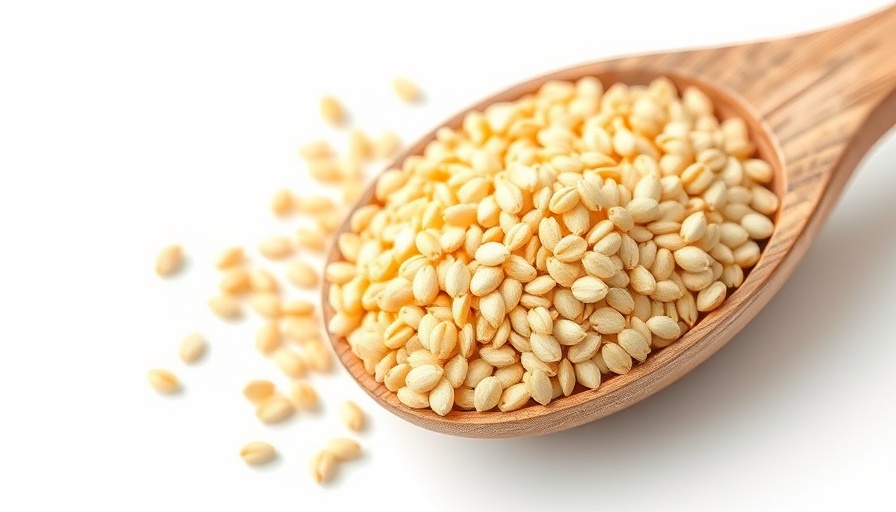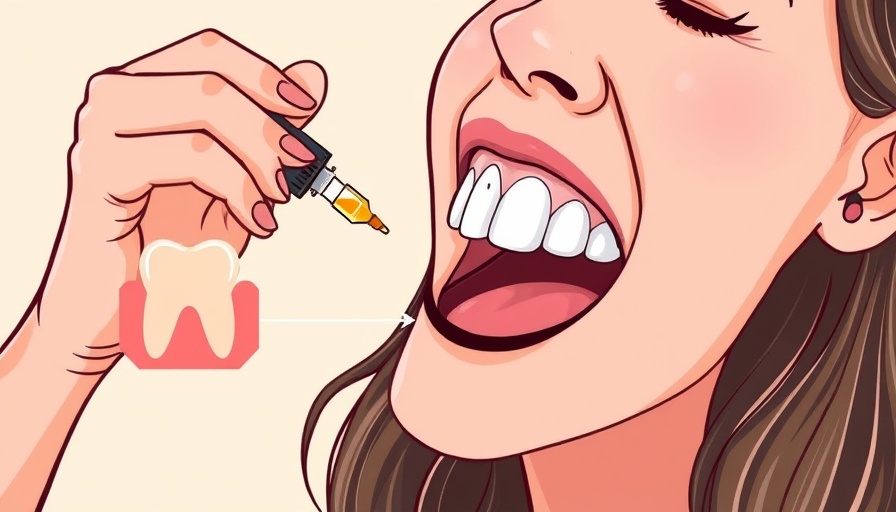
Unlocking the Nutritional Secrets of Millet
Millet, often overlooked in modern diets, represents a group of ancient grains that have sustained humans for thousands of years. While many people may only be familiar with one type, millet is actually a generic term encompassing several distinct plants, including pearl, proso, finger, and foxtail millets. Each of these varieties boasts unique nutritional profiles, making them essential additions to any health-conscious diet.
The Nutritional Profile: A Deeper Dive
When evaluating the nutritional benefits of millets, fiber content is a critical factor. Kodo millet, for instance, has exceptionally high fiber levels, contributing to digestive health and satiety. Moreover, finger and foxtail millets also outshine many common grains in fiber content. On the flip side, pearl millet has a lower fiber concentration but is still beneficial in other ways. Despite this, a standout feature of nearly all millets is their polyphenol content, which has been shown to offer antioxidant properties.
Millets vs. Modern Grains: A Comparative Analysis
While traditional staples like rice and wheat dominate many diets, millets present a compelling case for inclusion. Finger millet, in particular, is distinguished by its high calcium content—boasting up to ten times more calcium than other grains and significantly surpassing even dairy sources. Moreover, barnyard millet delivers an astonishing amount of iron, comparable to red meat. These minerals are vital for bone health and anemia prevention, highlighting millets as a valuable nutritional source.
Potential Health Benefits: What Research Shows
Though the benefits of millets sound promising, it's important to analyze the research critically. Epidemiological studies from China suggest lower colorectal cancer rates in populations with higher millet consumption. This correlation is fascinating but raises questions regarding causation versus correlation. Early studies show that millets can inhibit cancer cell growth in controlled environments, urging the need for more research in clinical settings to validate these findings.
Cultural Relevance and Awareness
Culturally, millets have been a staple in many countries for centuries, particularly in Africa and Asia. However, their presence in Western diets has diminished significantly. As consumers increasingly gravitate toward ancient grains for health benefits, awareness and education about the varieties and their uses are essential. By incorporating millets into the mainstream, we can diversify diets and enhance nutritional intake.
Future Trends: Could Millets Make a Comeback?
As awareness of the benefits of whole grains grows, millets may see a resurgence. This shift could be driven by trends towards gluten-free and plant-based diets, where millets provide an excellent alternative. With the increasing interest in sustainability and ethical eating, millets can contribute to more environmentally friendly agricultural practices, offering a robust option for a more sustainable future.
Conclusion: Exploring the Grain of the Ancients
Millets might not be the first grain that comes to mind, but their nutritional potential is too significant to ignore. With exceptional fiber, calcium, and iron content, alongside promising research into their health benefits, these ancient grains deserve a place on our plates. As we continue to explore a diverse range of foods that support our health, millets stand out not only for their nutritional value but also for their rich cultural history.
Incorporating millets into your diet could yield numerous health benefits while also supporting sustainable agriculture. Why not explore some delicious recipes featuring millets today? Embrace the grains of our ancestors to enrich your own health journey!
#Millet, #AncientGrains, #Nutrition, #Fiber, #Calcium, #Iron, #Polyphenols, #GlutenFree, #Sustainability, #HealthBenefits
 Add Row
Add Row  Add
Add 




Write A Comment